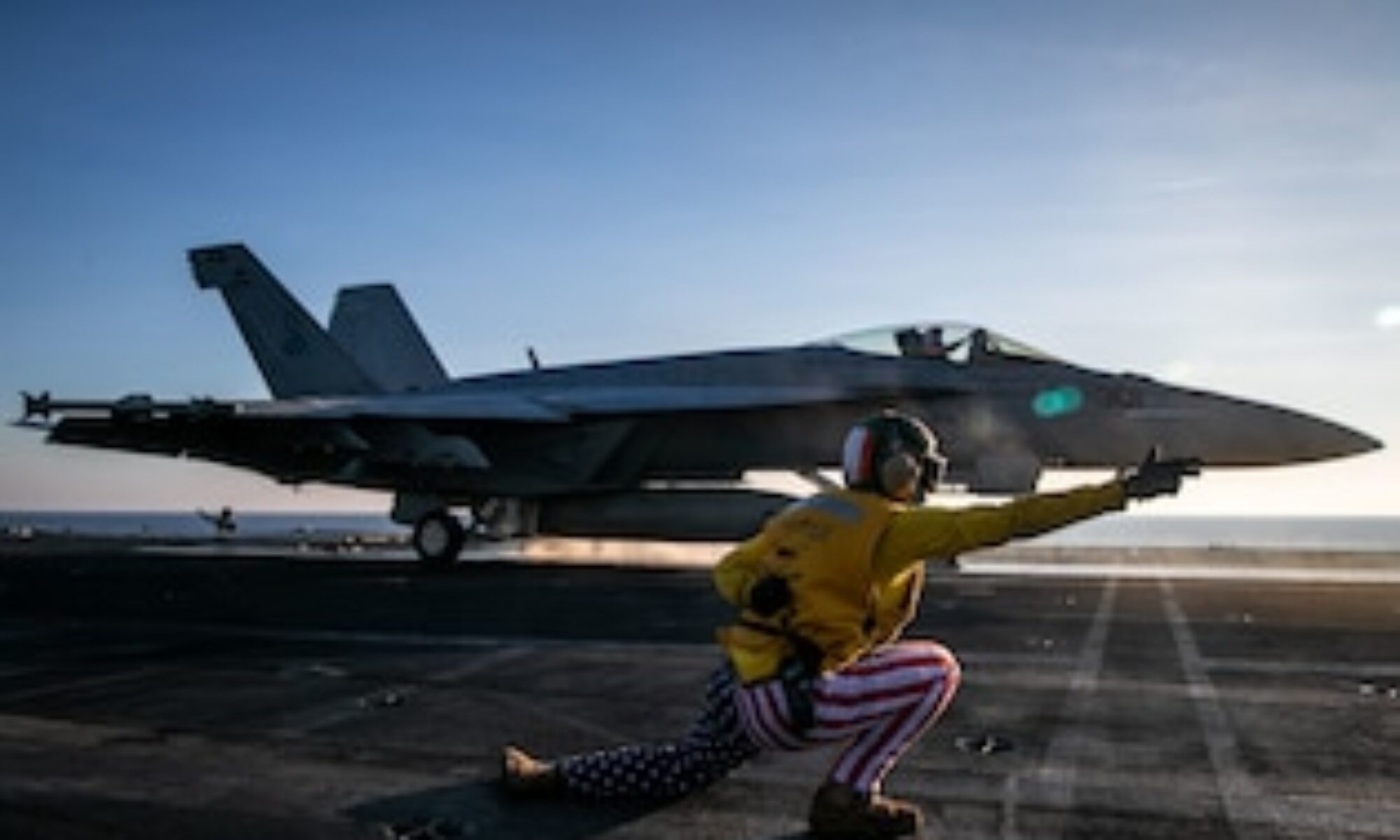
A Satellite Snapshot of Aggression
New satellite images released this month show just how far China has gone to entrench itself militarily in the South China Sea. On Subi Reef—a once-submerged shoal that lies far outside China’s legal maritime claims—Beijing has built a full-blown fortress.
We’re talking about:
- A 10,000-foot runway capable of launching fighter jets and bombers
- Radar domes, missile systems, and hardened aircraft shelters
- A deepwater port designed to host military resupply and forward-deployed forces
- Communications and surveillance arrays capable of watching everything from the Philippines to Vietnam
This is no routine development. It’s an armed island outpost, built in defiance of international law, smack in the middle of one of the world’s most vital shipping corridors.
Why Americans Should Care
Some may look at this and think: “So what? That’s half a world away.”
But here’s why it matters:
- Trade flows through here. Over 30% of the world’s maritime trade—around $3.5 trillion annually—transits the South China Sea. That includes oil, food, tech, and the microchips in your phone.
- Allies are at risk. The Philippines, a U.S. treaty ally, is within spitting distance of Subi Reef. China has already harassed Filipino vessels near Thitu Island, which lies just 12 nautical miles away.
- The U.S. Navy is being challenged. These island bases are not for defense. They’re forward-operating platforms designed to deny access to American forces, intimidate our allies, and project Chinese power deep into the Pacific.
This isn’t just regional bullying—it’s strategic dominance by cement and steel.
What the U.S. Navy Is Up Against
Back in 2015, President Xi Jinping told President Obama he wouldn’t militarize these reefs. Less than a decade later, that pledge lies in ruins, just like China’s empty promises to Hong Kong.
The satellite photos don’t lie.
China is building fortresses.
We’re arguing about ship counts.
Former U.S. Indo-Pacific Commander Admiral John Aquilino said it plainly:
“They can fly fighters, bombers, plus all those offensive capabilities of missile systems. They threaten all nations who operate in the vicinity and all the international sea and airspace.”
This is a new kind of warfighting posture—a blend of gray-zone tactics, artificial island militarization, and legal warfare.
Implications for the Navy
Our Navy doesn’t just need to “keep pace”—it needs to regain strategic initiative in this critical region. That means:
- Maintaining a strong forward-deployed presence
- Supporting allied maritime forces with training, resources, and joint patrols
- Investing in new platforms, undersea warfare, and AI-driven ISR
- Holding the line on freedom of navigation operations (FONOPs) to demonstrate resolve
These reefs aren’t about fishing rights—they’re about who controls Asia’s future.
Implications for Our Allies
Beijing’s message is clear: “We’re not leaving. What are you going to do about it?”
If we abandon the rules of the sea, smaller nations like Vietnam, Malaysia, and the Philippines will be forced to bow—or arm themselves.
In the vacuum of leadership, fear grows.
But if the U.S. Navy stands strong—with support from the American people—freedom still has a fighting chance.
Final Thought
Subi Reef isn’t just an island. It’s a symbol.
A symbol of what happens when unchecked ambition meets apathy.
Americans must understand: this matters. It’s not just about China.
It’s about supply chains. Peace. Power. Stability. Your economic future.
Let’s wake up—before the tides turn too far against us.
That’s why we launched Charting the Course: Voices That Matter — a 24-part educational series breaking down how we got here, what went wrong, and what must happen next. Our goal is simple: educate the public, connect the dots, and build the support needed to close the readiness gap before it’s too late.
Let’s roll.

